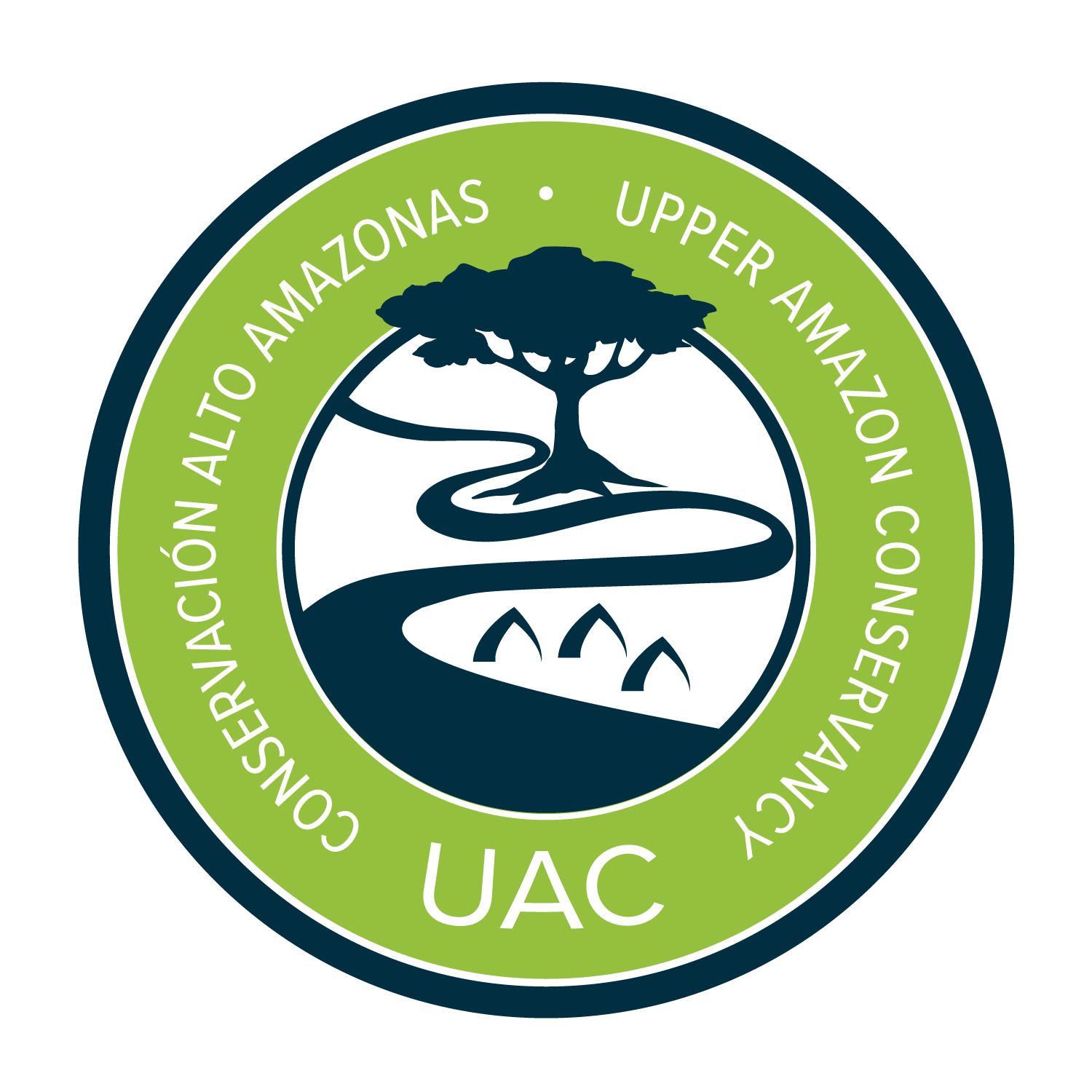Peru’s Interoceanic: the Most Corrupt Highway in the World
July 2018: Constructed in 2012, the Interoceanic Highway has brought uncontrollable deforestation to southern Peru and has become a symbol for the rampant political corruption that has plagued Peru for decades. Promoted as necessary to promote trade and transit between Acre, Brazil and Madre de Dios, Peru, and to improved the standard of living of rural Peruvians, the road is rarely used for trade, and instead of helping Peruvians, it has transformed the region with devastating environmental and social impacts as previously intact forest has been opened up to widespread logging, commercial agriculture, and mining. Immigrant farmers, many from the Andes, have transformed the former sleepy jungle town of Puerto Maldonado into a sprawling city in just a few years. Mercury from gold mining has decimated local fish populations and is showing up at dangerous levels in Puerto Maldonado and remote indigenous communities alike.
The highway is at the center of Latin America’s largest corruption scandal. The massive Brazilian construction company, Odebrecht SA, has admitted to paying $800 million in bribes to gain construction bids, many involving the Interoceanic. The scandal involves numerous high-level Peruvian officials and several former presidents, including Pedro Pablo Kuczynski who was forced to resign as President in March due to illegal financial ties to Odebrecht. For these reasons the highway is referred to as “the most corrupt highway in the world”.
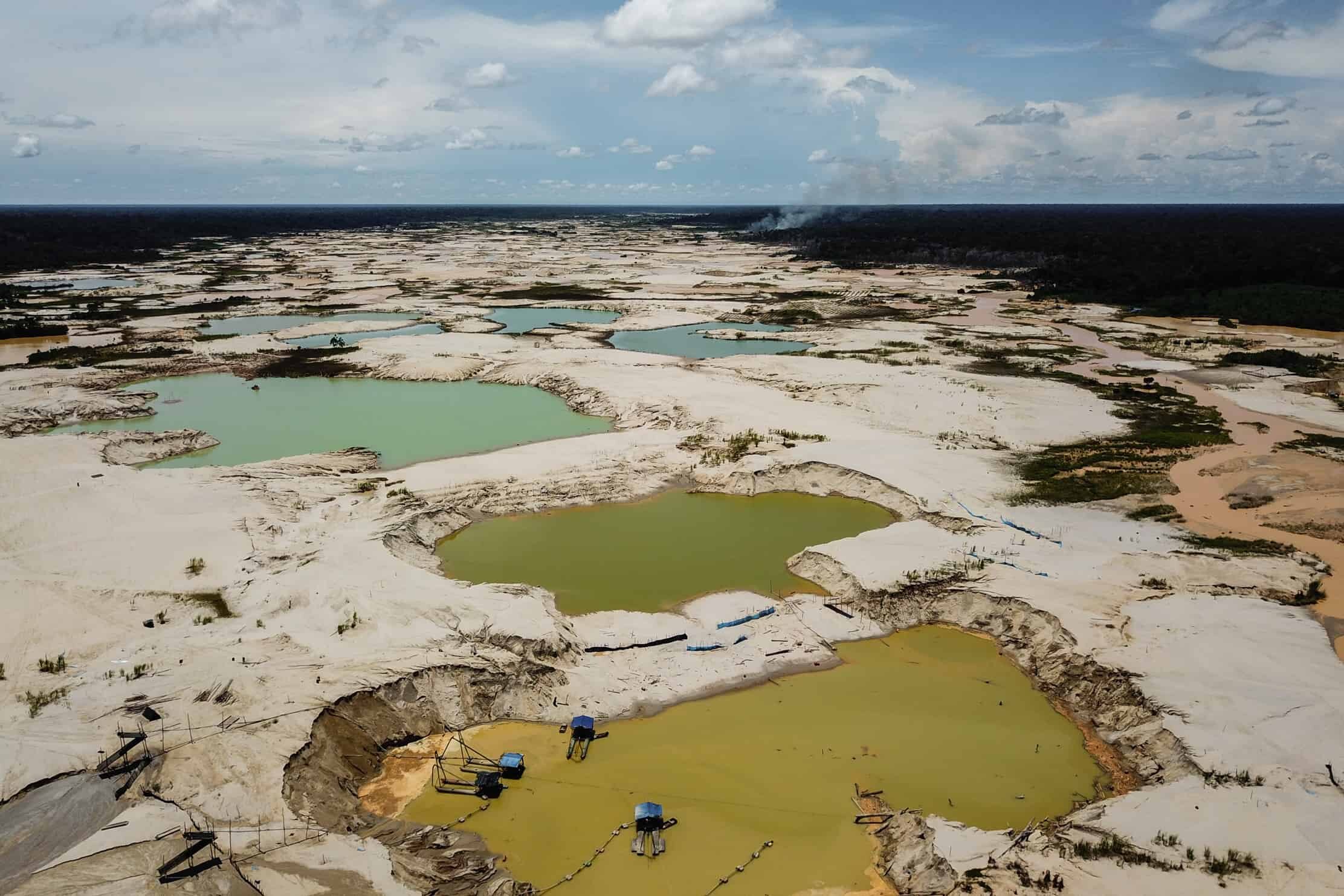
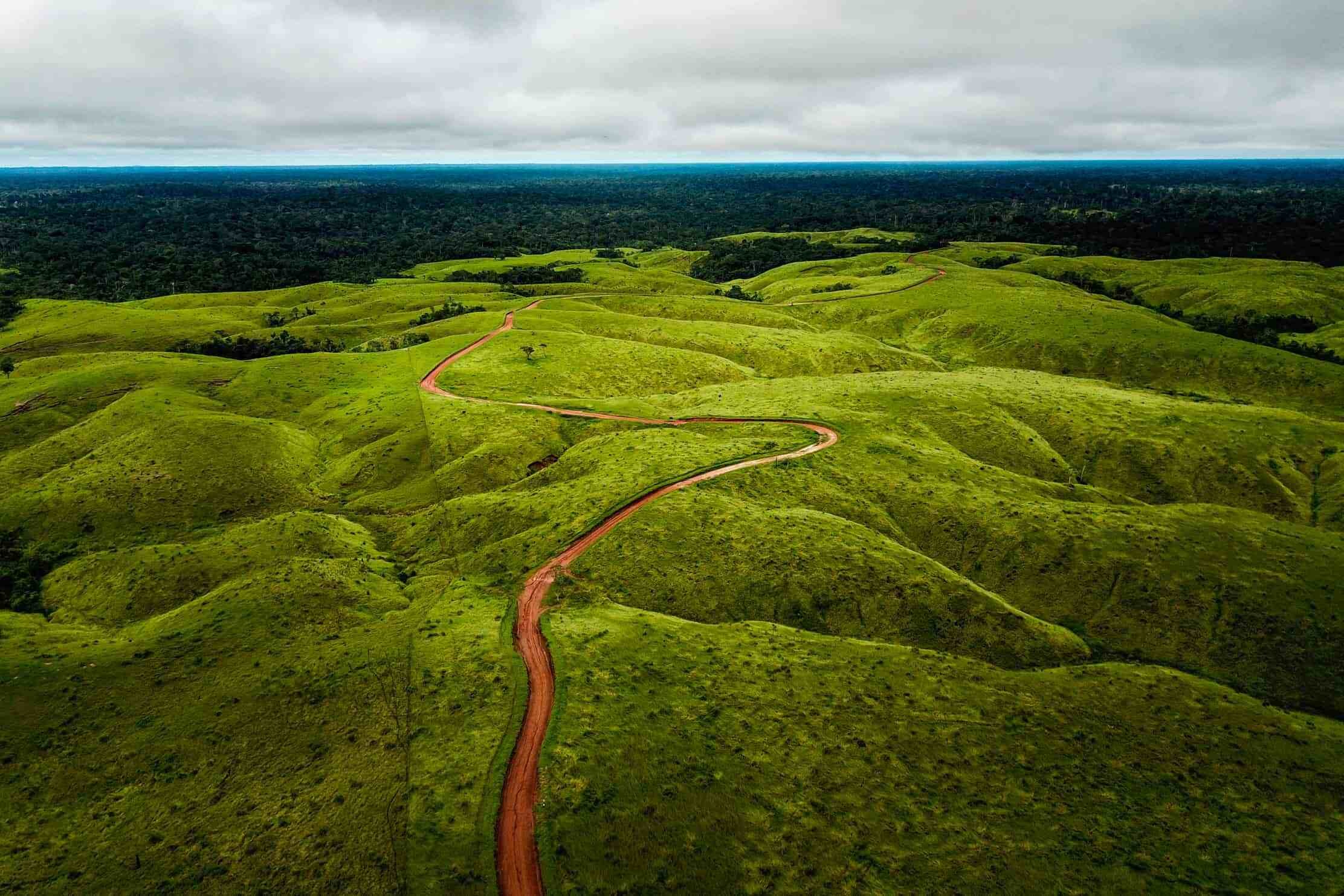

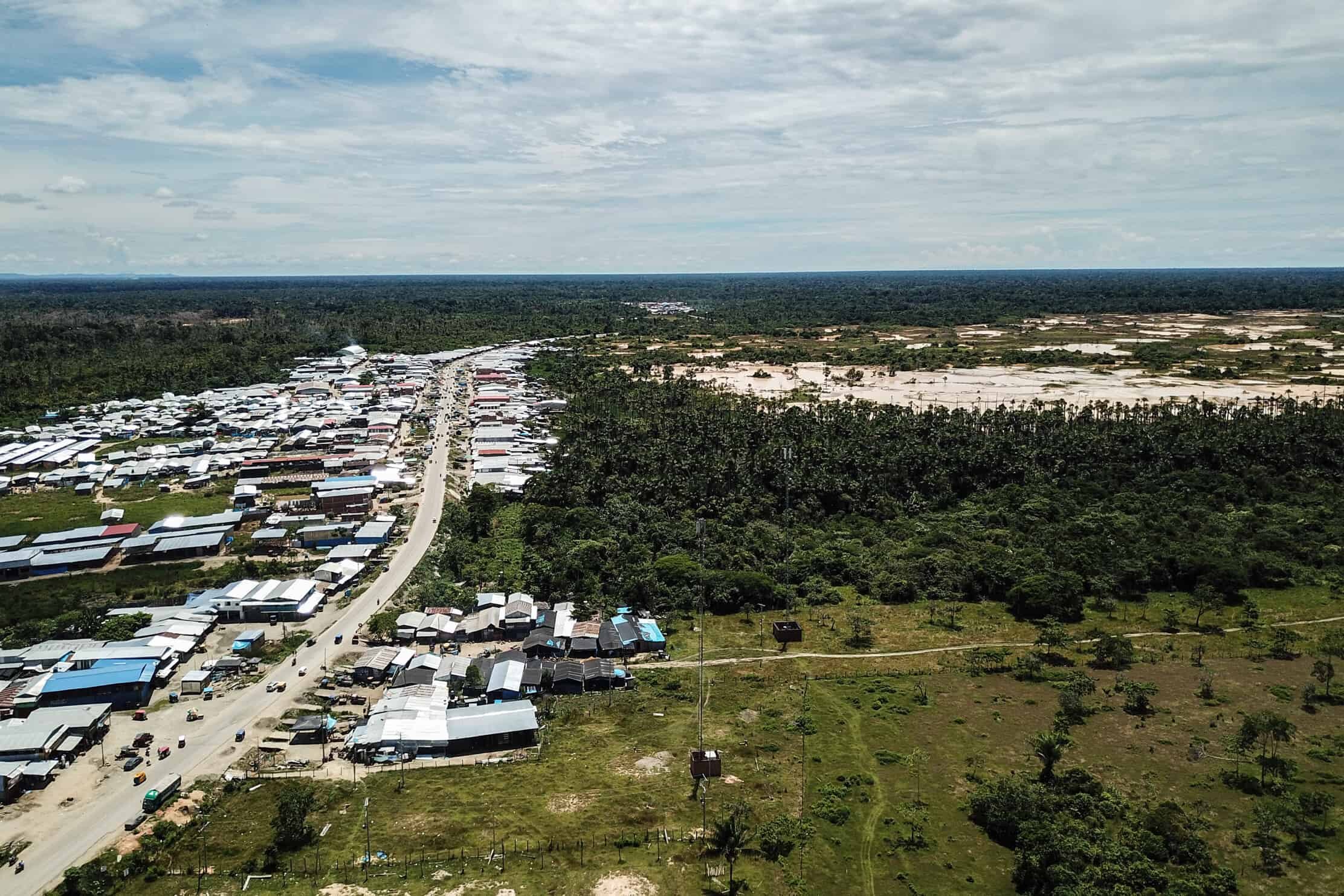
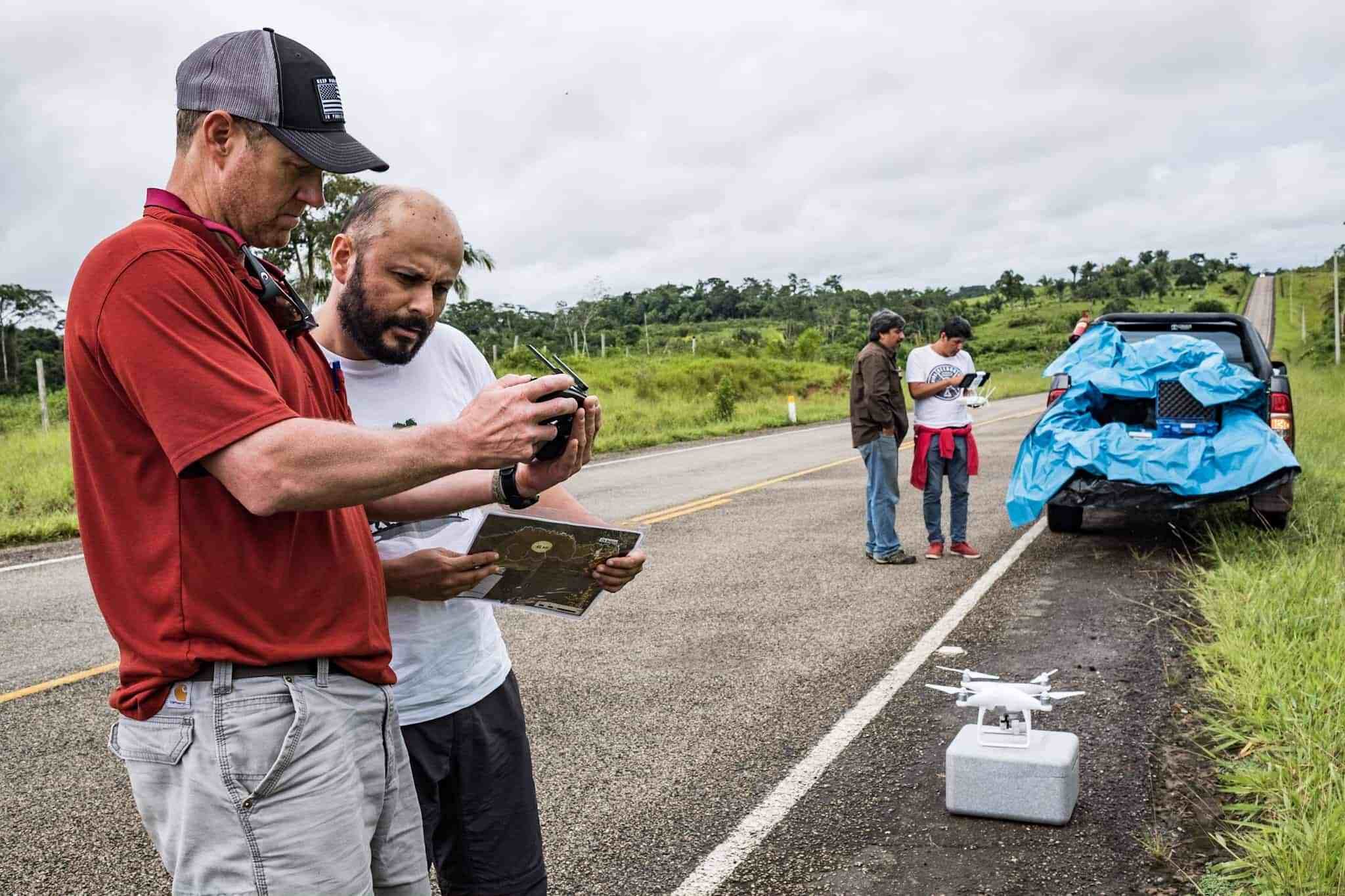
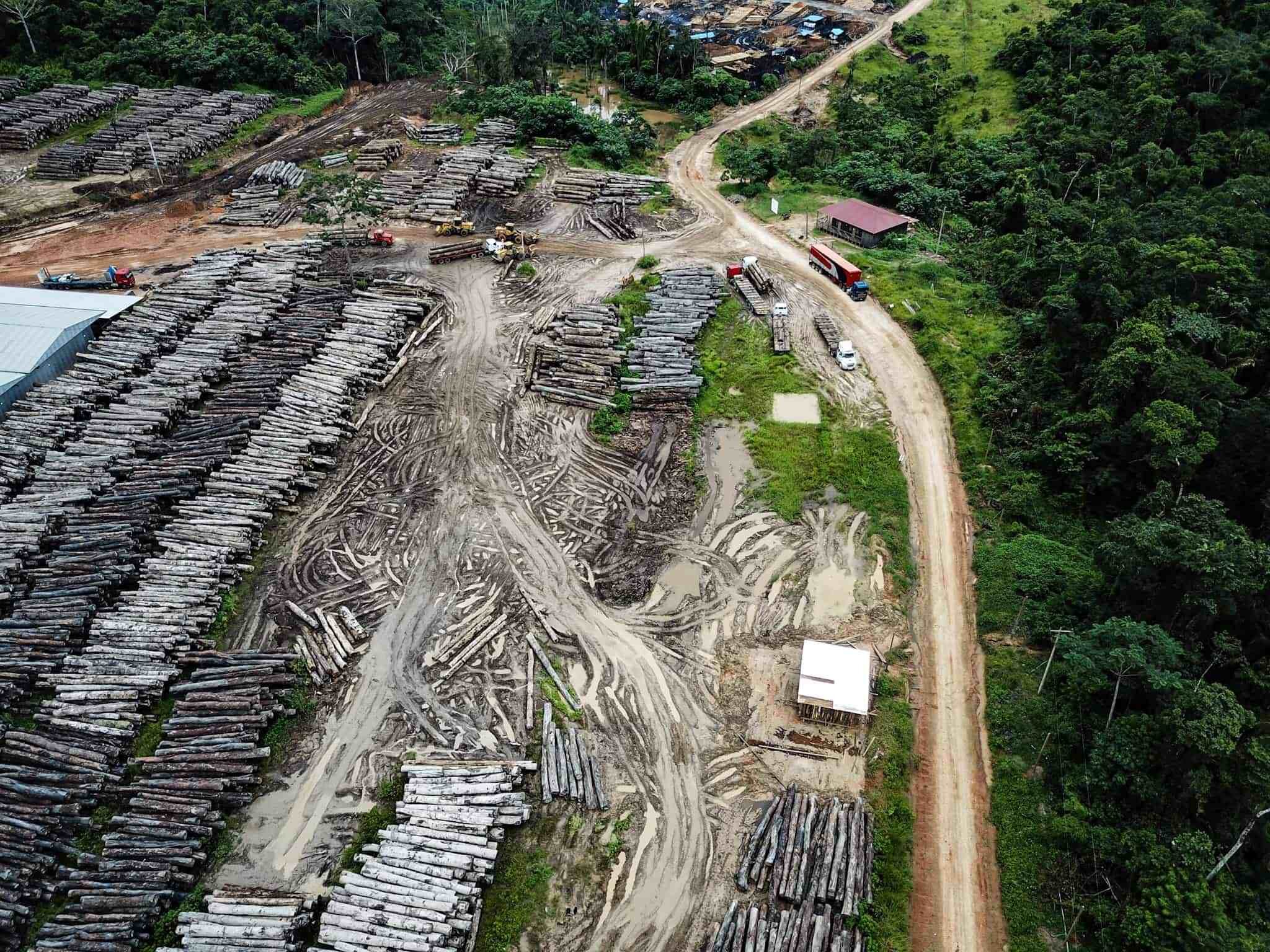
UAC is working to promote roadless sustainable development strategies for areas around the Alto Purús National Park. A handful of religious and political leaders have promoted the construction of a new road as the only alternative to improving government services and reducing the cost of living in the town of Puerto Esperanza, which is accessible from the rest of Peru only by plane. The proposed route is across the Alto Purús National Park to the Interoceanic and the town of Iñapari. Among the alternatives to the road is to develop a new transit route utilizing rivers and existing roads through Brazil, called the Multimodal Transit Route. However it’s development is hindered by a insufficient infrastructure and customs personnel at border crossings. Read more about the Multimodal in this recent UAC report.
The Interoceanic connects Puerto Maldonado to Iñapari on the Peru – Brazil border. The Multimodal Transit route is highlighted in yellow. It utilizes the Purús River and existing roads. It’s use as a trade route would reduce dependence on planes to import goods to Puerto Esperanza (click to enlarge).
The investigation of highway impacts was done in collaboration with the Asociación para la Conservación de la Cuenca Amazónica (ACCA). ACCA uses drones to document deforestation linked to roads and mining through its Monitoring of the Andes Amazon Project (MAAP). ACCA’s most recent report on deforestation is available here in English and Spanish.
